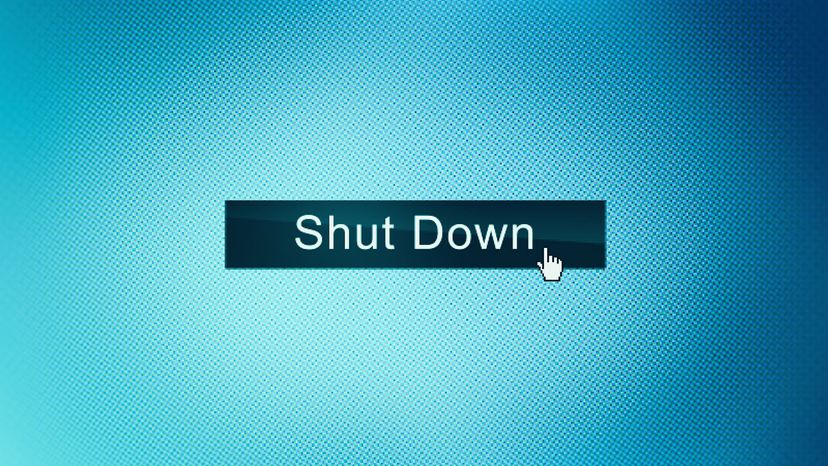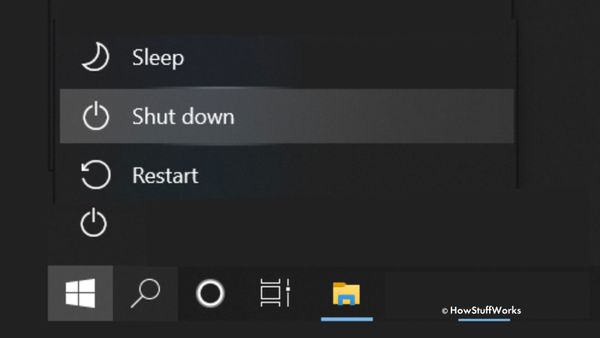If you look at your computer's "turn off" options, you'll see "Sleep," "Shut Down" and "Restart" (as well as "Sign Out," but for our purposes we don't need to worry about that last one).
Think of Sleep mode as the computer shutting its eyes real quick. It keeps all programs and files going while you run to the bathroom. Once you're back, the computer comes back on, and it's ready to go.
"Sleep mode puts your system into a low-power mode, but your apps and data are still in system memory," says Geek Squad agent Derek Meister.
That quickness comes with some pros and cons. "Sleep mode helps everything pop up faster when you get back to your computer, but it also increases the possibility of losing data if the system loses power unexpectedly," he says.
Depending on your computer, it may also have a Hibernating mode. Hibernating occurs when you haven't used your laptop for a while (think an hour or two), and the computer goes a step further than sleep into hibernation. Hibernation may take a little longer for the computer to wake up, but it is safer if the power goes out since it saves the current session's data to the hard drive.
In the end, both modes are similar. "The modes are essentially a way to conserve power while still keeping programs and files open, so everything is generally as you left it when you get back to your computer," says Meister.
Shut Down closes all programs and files you have open, but doesn't shut off the Windows kernel, which is the core of the operating system that enables the software and the hardware to function together. Restart will actually shut down all your files, in addition to the Windows kernel, before resuming operations.


